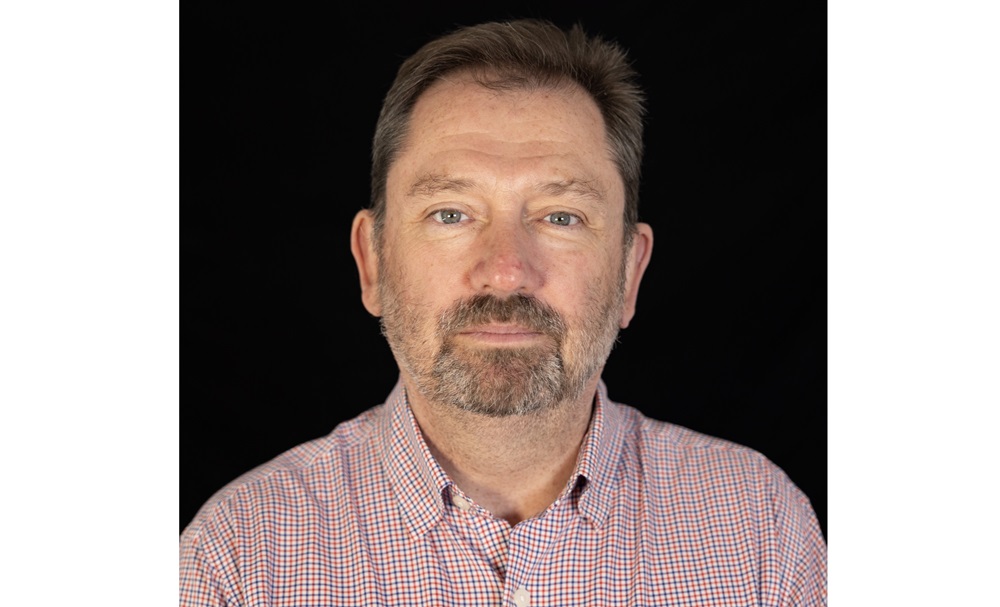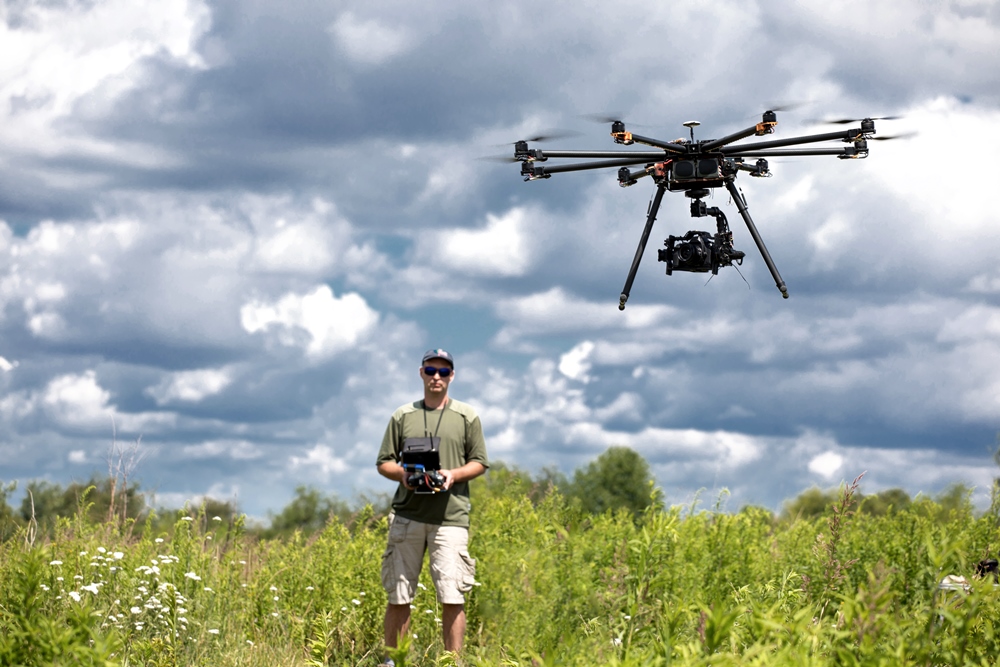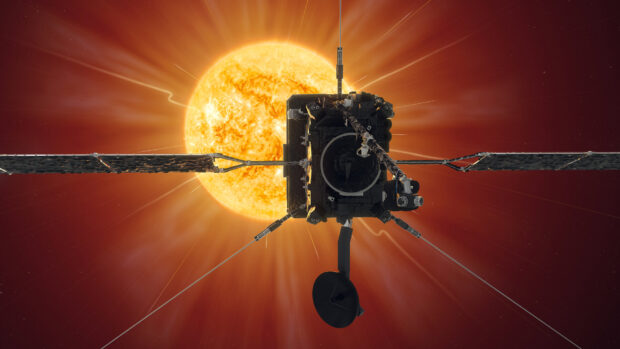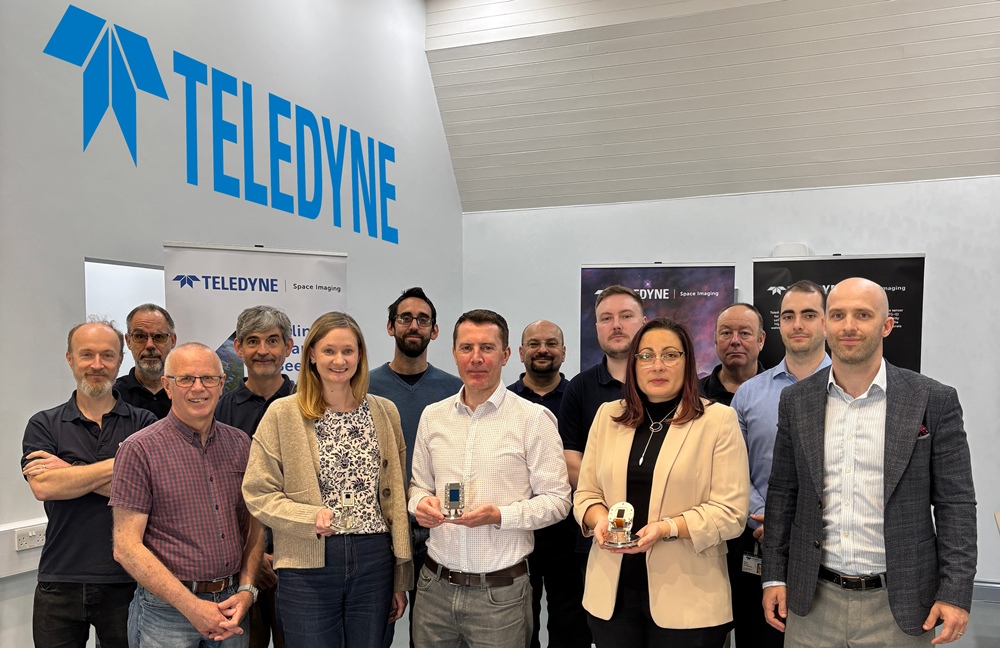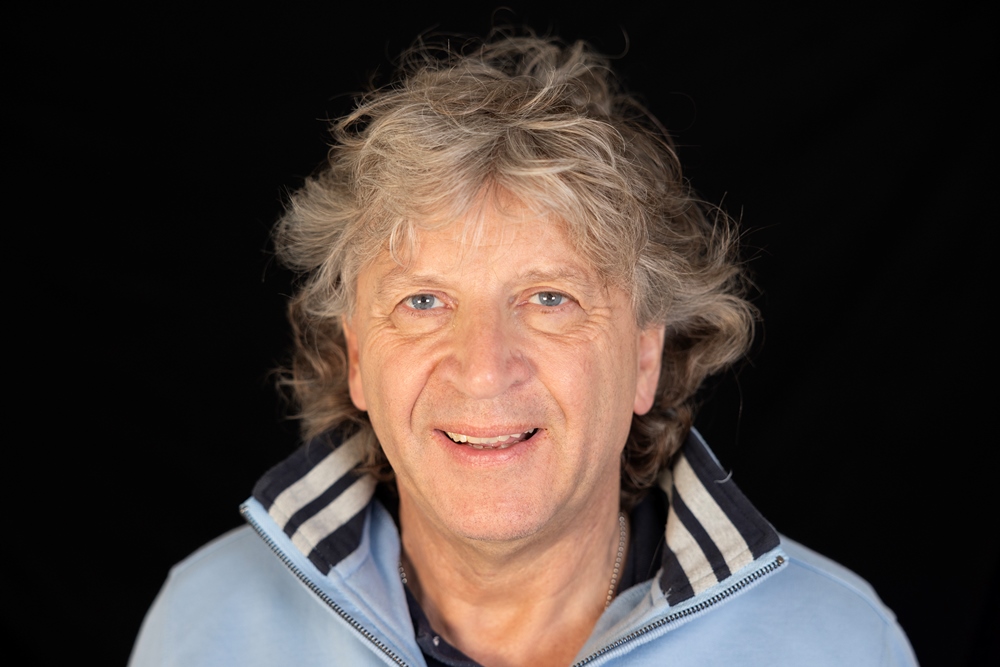LISA Pathfinder ready for launch from Kourou
“LISA Pathfinder is paving the way for a future large space observatory that ultimately will directly observe and precisely measure gravitational waves,” said François Auque, Head of Space Systems. “These minute distortions in space-time require very sensitive and highly precise measuring technologies, the performance of which can only be tested in a space environment”.
The 1.9-tonne spacecraft, primed by Airbus Defence and Space, will be launched on a European Vega rocket. ESA selected the gravitational universe science theme for its third Large Class L3 mission, for which a LISA-like mission is a leading candidate. Gravitational waves will allow astronomers to study our universe in a new way, and future telescope systems will be able to observe exotic sources, such as colliding super-massive black holes, as never before.
After launch, LISA Pathfinder will spend two weeks raising its orbit using a dedicated propulsion module, also built by Airbus Defence and Space, through six separate engine firings. After the final escape burn is performed and the health of the spacecraft module is confirmed, the propulsion module will be jettisoned, approximately 51 days after launch.
The spacecraft will continue on its journey to the first Lagrange point (L1) at 1.5 million km from Earth. Its operational orbit is a 500,000 km x 800,000 km Lissajous orbit around the L1 point. During the drift phase, the platform and the two spacecraft propulsion systems (Cold Gas and the NASA Colloidal micronewton thrusters) will be tested and verified.
Twenty four days after the separation, the mission will begin with three weeks commissioning of the science payload including tests such as the release and capture of the test masses, and verification of the Drag Free and Attitude and Control System (DFACS). This will be followed by the six-month long main mission.
The demonstrator carries the LISA Technology Package (LTP), which weighs around 150 kilograms. It consists of a laser interferometer measuring changes in the distance between two precision-engineered gold/platinum test masses, each weighing 1.96 kilograms.
Once in orbit around L1, the two test masses will be released from a locking mechanism and held in position with a weak electrostatic field that can be very precisely controlled. When this electrostatic actuation of the test masses is switched off, the two gold/platinum blocks will be free to move independently, with no influence from the spacecraft around them.
The laser interferometer measures the relative position and orientation of the masses – which will be around 40 centimetres apart – to an accuracy of less than one millionth of the width of a human hair, or less than 0.01 nanometre.
LISA Pathfinder’s technologies also include two types of tiny thrusters, so small that one is just sufficient to stop a snowflake falling to the ground. These thrusters are to ensure that the spacecraft can counteract external forces, such as solar radiation pressure, effectively shielding the test masses from any external influences.
The mission will carry out in-orbit testing of these two micro-propulsion systems, one from Europe and the other from NASA.
Airbus Defence and Space in the UK was chosen by the European Space Agency (ESA) to build the spacecraft and propulsion module and is responsible for delivering the integrated satellite. Airbus Defence and Space in Germany was chosen by ESA and the German Aerospace Centre, DLR, to be the systems leader for the LTP, which was developed with contributions from European research institutes and companies.





